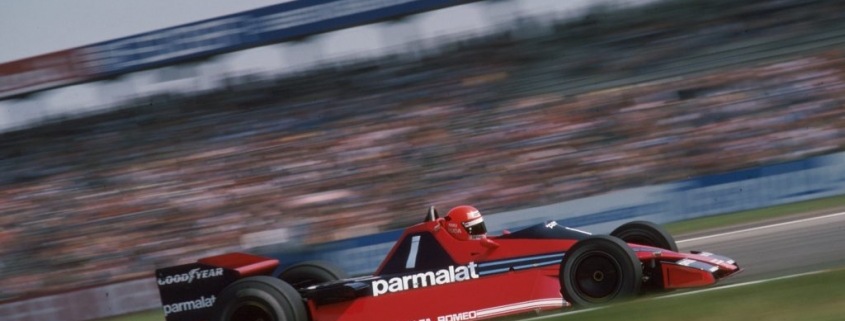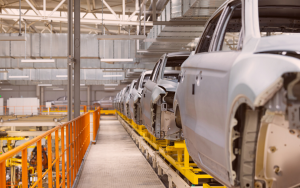Biggest Cheats in Formula 1: They’re Guidelines, Not Rules
Formula 1 is a sport where any advantage is key. Less weight? Great, get it out of the car. More horsepower? Have it fitted by the race this weekend. Teams work long hours to ensure that their cars and drivers are as competitive as possible. The only thing between teams and the pursuit of absolute speed is the Fédération Internationale de l’Automobile, or FIA. They make the rules. But rules are made to be broken.
Formula 1’s Brabham BT46
The first car on the list isn’t so much of a cheater car, but more a liberal interpretation of the rules. Legendary designer of the Mclaren F1, Gordon Murray saw a gap in the rules and ran with it. As a counter to the winning Lotus cars of the era, the car was introduced for the 1978 Swedish Grand Prix. Boy was it a counter.
The Brabham BT46B had a fan mounted on the back. No, not some helpless spectator, but a real fan. The idea was, the fan would pull air out from under the car and give it more downforce, allowing it to turn more quickly. It worked so well that driver Niki Lauda only drove it once before the FIA closed the gap in the rules, forbidding the car from racing again.
Water-cooled brakes

Moving on to another liberal interpretation of the rules laid down by the FIA, the Brabham BT49D. Rather obviously, the FIA stated that cars had to be full of their necessary fluids before a race. Brabham Formula 1 team realized that the rules didn’t explicitly state how the fluids must be used. So, using water from the radiators, the team set about using some of that water to cool the brakes.
Now, the only reason the brakes needed such aggressive cooling was because the cars were now turbocharged for 1982. The extra power meant the brakes had to do more work slowing the car down. Why fit bigger brakes when you can simply better cool the old ones? A clever trick. Additionally, the extra water used over the course of the race lightened the car over time. Inevitably, the team was caught during weigh-in, though how is not known.
Adding fuel to the fire

This brings us to the most blatant cheat of the bunch. The BAR Honda 007 was a thirsty car. Most Formula 1 cars are. A second tank was installed to get around the massive thirst of the car and eliminate the weight added by extra fuel. Moreover, this tank also held the necessary amount of fuel to help the car meet weight restrictions. As a result, the car was underweight by the end of the race. While all of these cars were eventually caught, their different approaches to the rules pushed innovation in the sport and showed that teams will go to any lengths for champagne and podiums.
RELATED: How Red Bull F1’s Flexi Wing Is Shaking up the Championship
The post Biggest Cheats in Formula 1: They’re Guidelines, Not Rules appeared first on MotorBiscuit.







